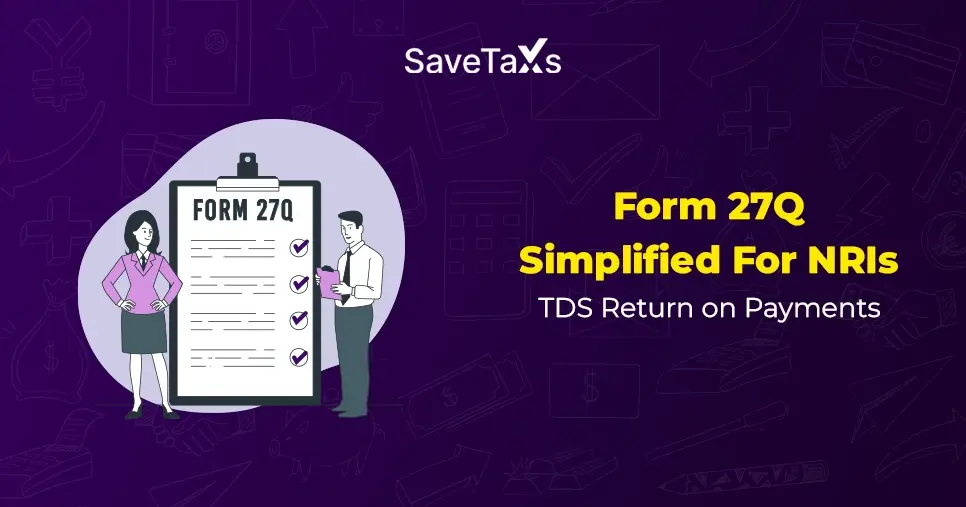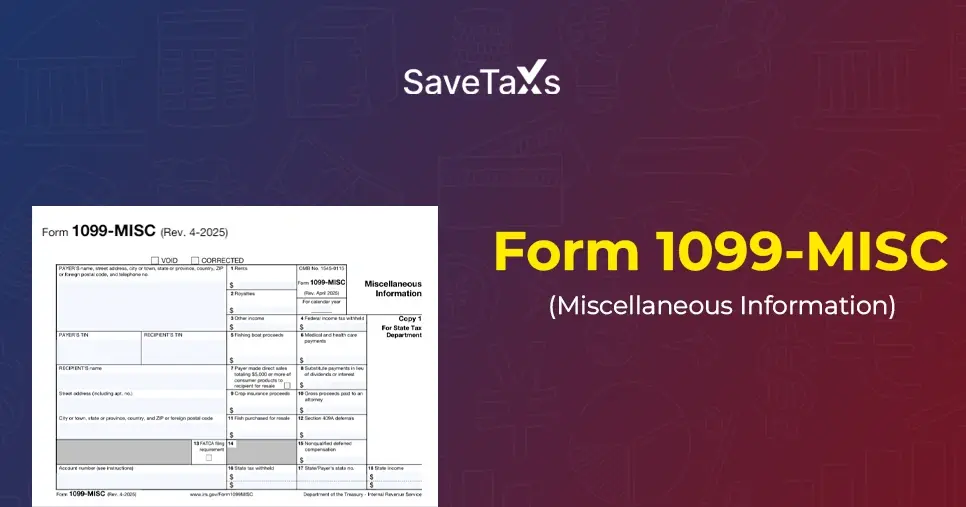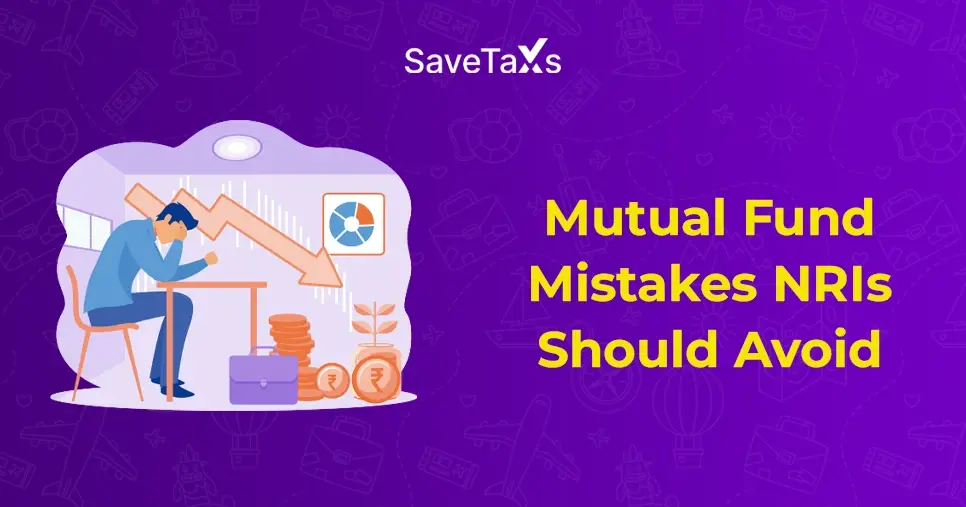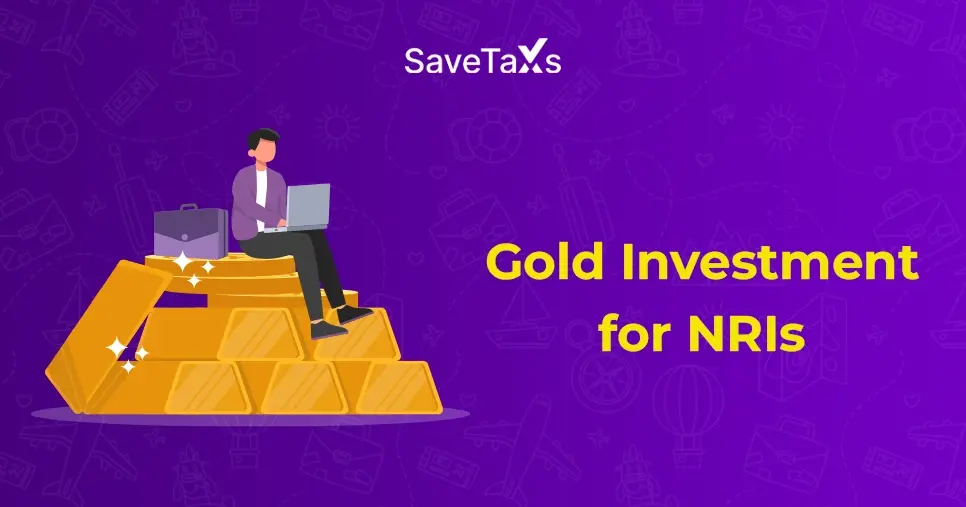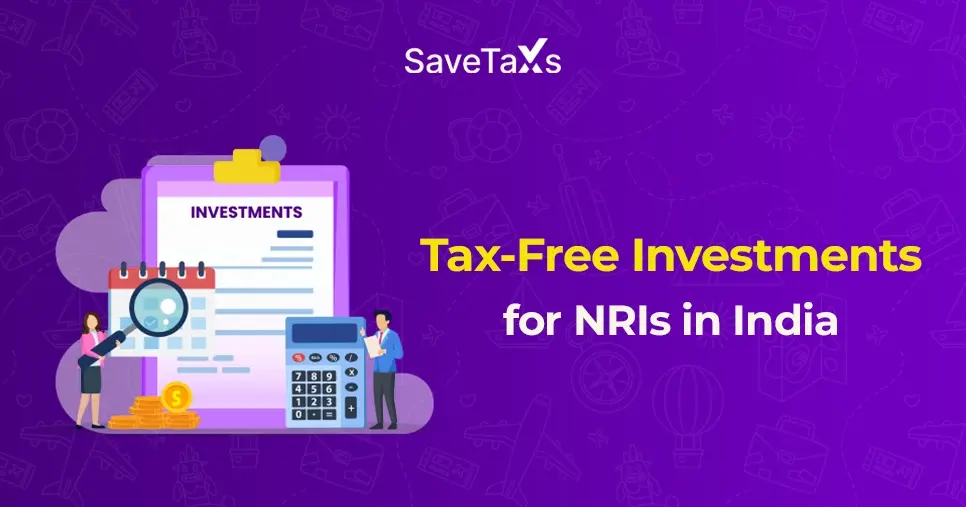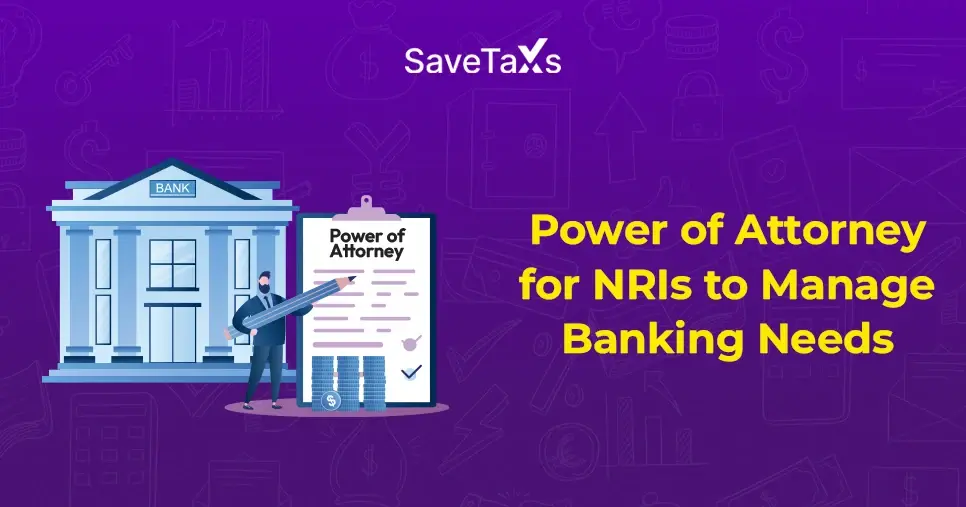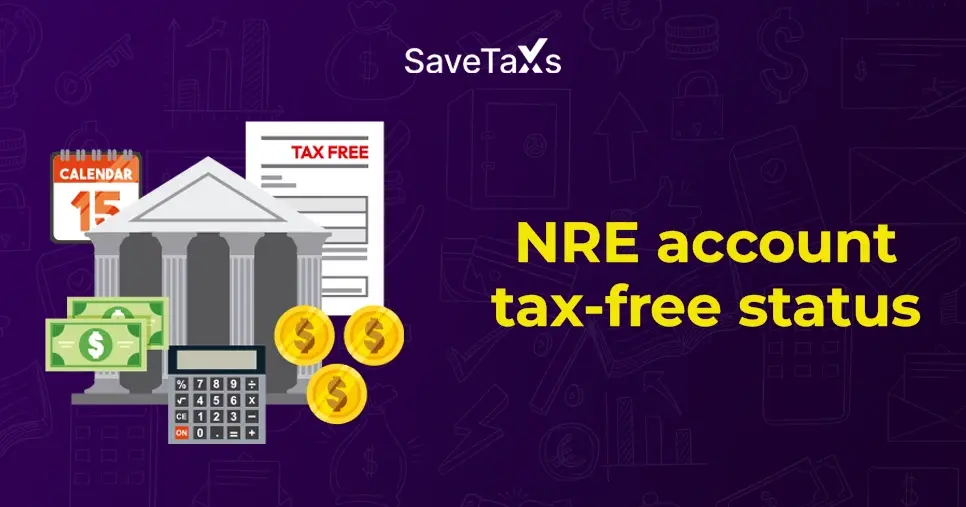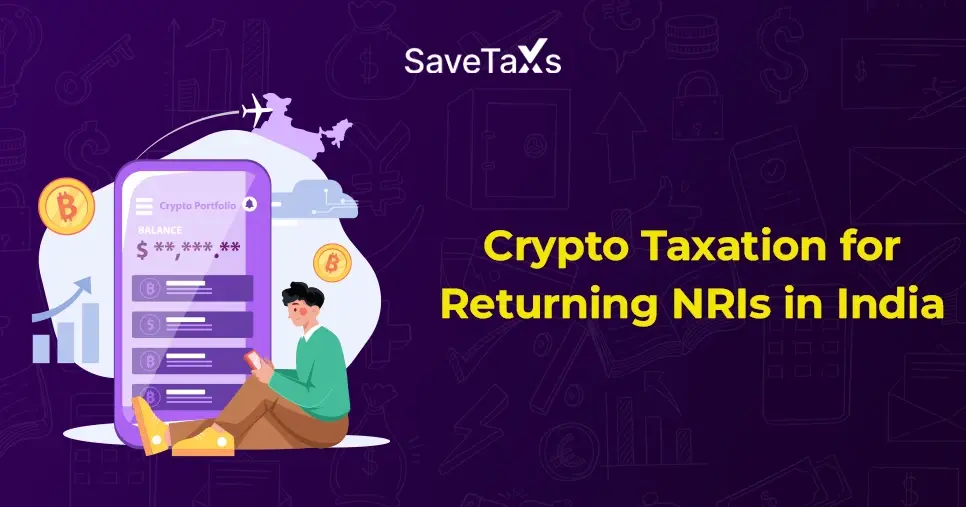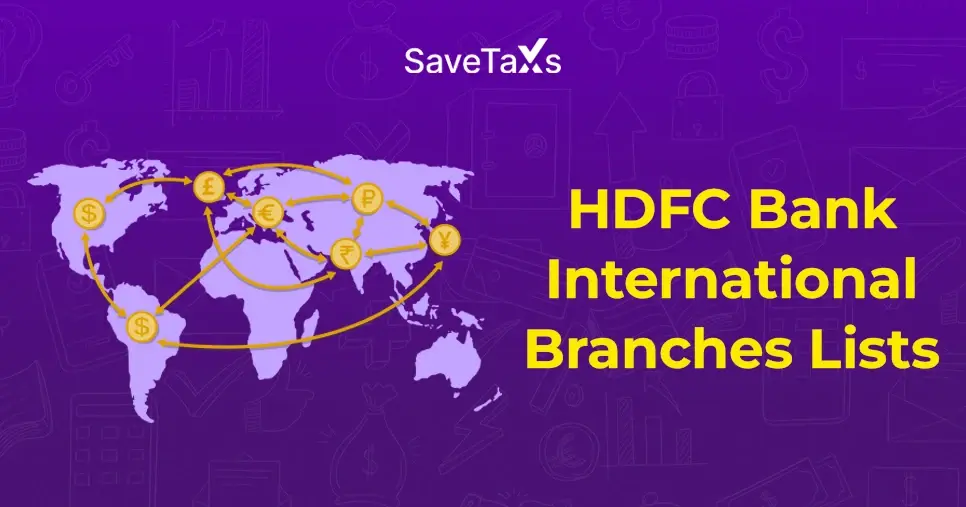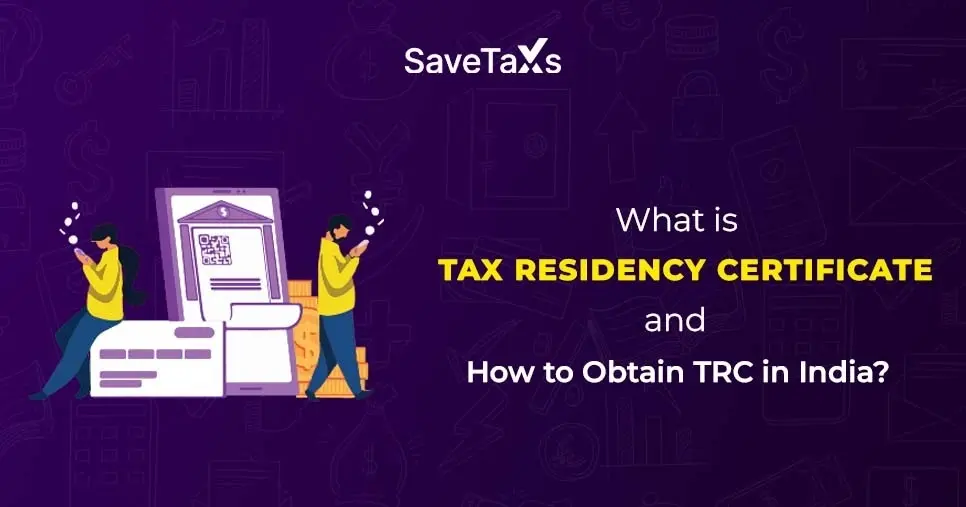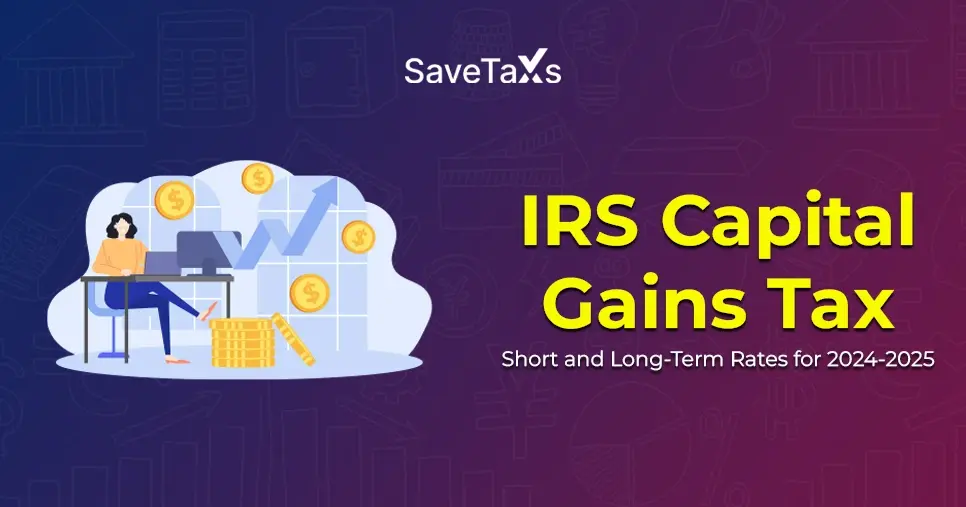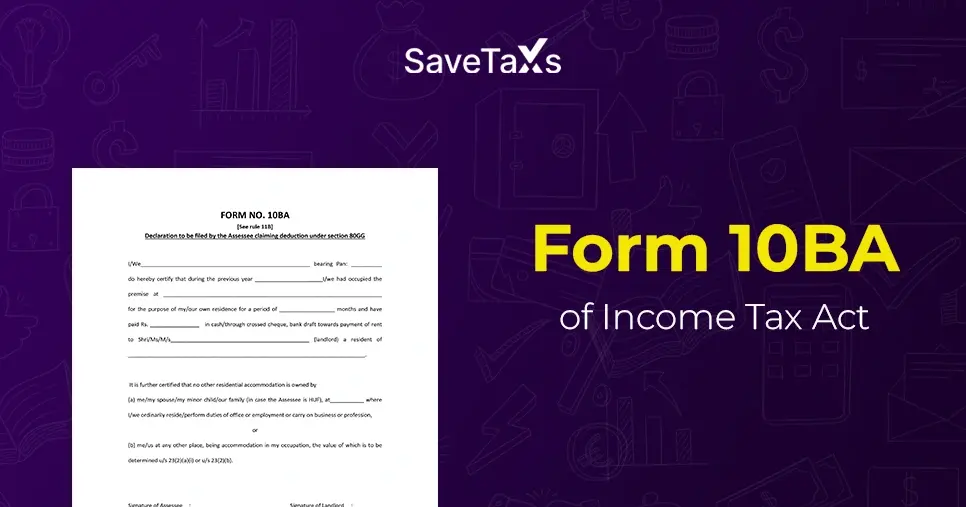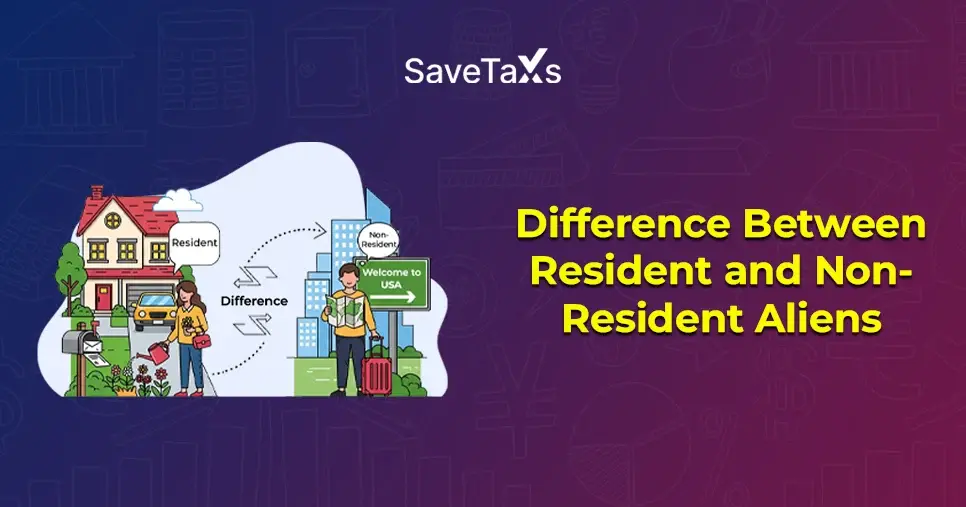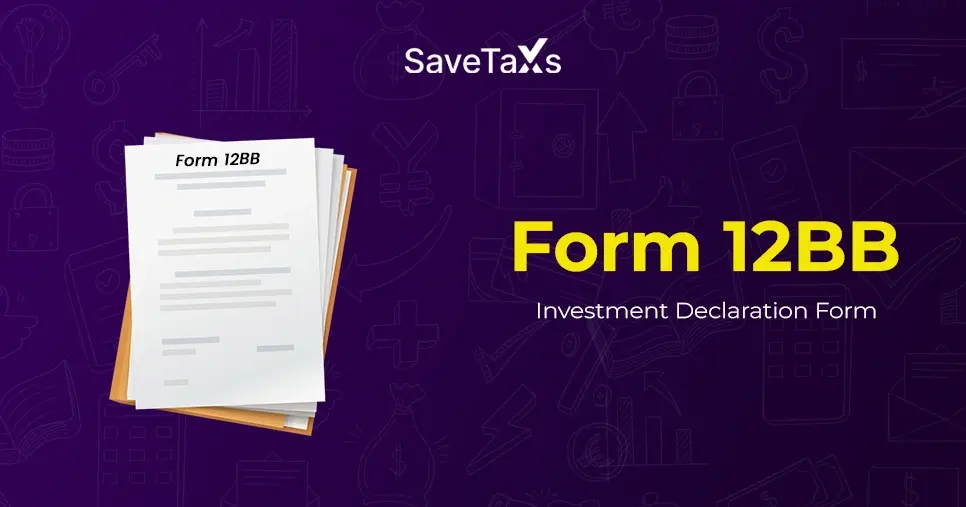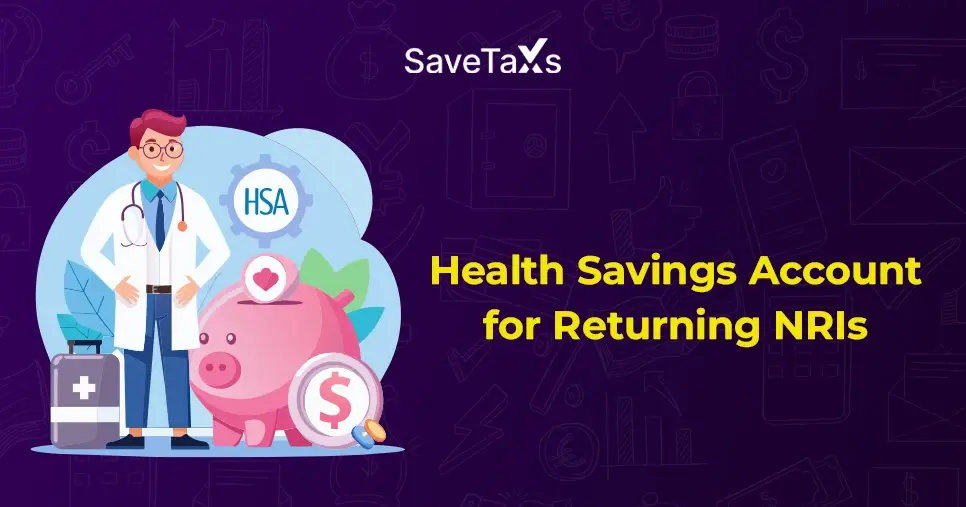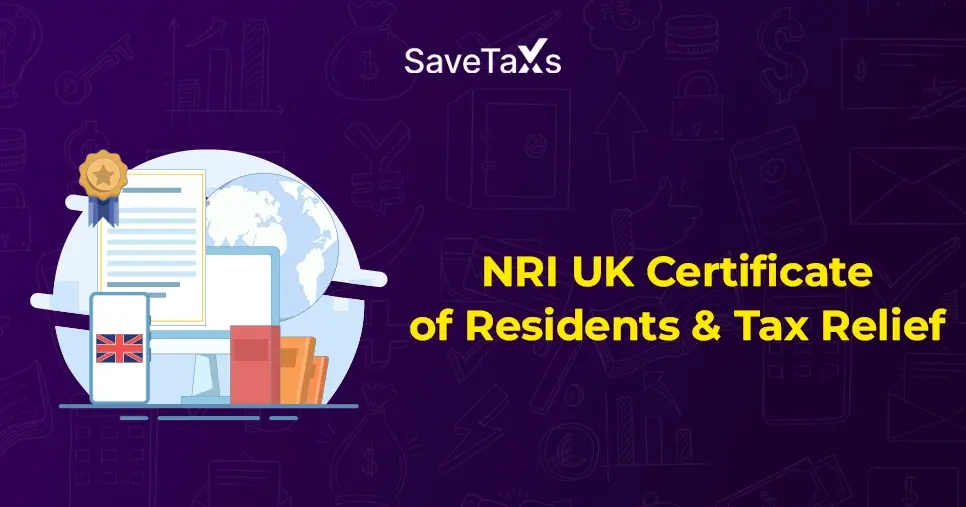- What is Section 197 Under the Income Tax Act?
- What is the Section 197 Certificate?
- What are the Benefits of Acquiring a Section 197 Certificate for Indians and NRIs?
- What are the Eligibility Criteria for Obtaining a Section 197 Certificate?
- What are the Documents Required to Get a Section 197 Certificate?
- How to Apply for a Certificate Under Section 197 Online?
- What Information Does Form 13 Application Contain?
- How to Validate the Lower Deduction Certificate Under Section 197?
- How Long is the Section 197 Certificate Valid For?
- To Conclude
Section 197 is a significant provision under the Income Tax Act that allows taxpayers to benefit from a lower rate of TDS or no rate of TDS (Tax Deducted at Source) on their income. It is often referred to as the lower deduction certificate (LDS). To avail this benefit, the individual or entity whose TDS is likely to be deducted on certain receipts must make an application to the assessing officer (AO) who has authority over their case. You need to submit this application to the AO in the prescribed Form No.13 along with all the required attachments.
This application requires a detailed evaluation by the assessing officer, depending on several factors like the assessee's total income and estimated tax liability. Once everything is verified and the application is approved, a certificate will be issued that authorizes the deduction of TDS at a NIL or lower rate on specified receipts. In this blog, we will learn about what is Section 197 certificate or a lower deduction certificate for an Indian as well as an NRI. We will also discuss the eligibility criteria, documents required, benefits, and how to obtain and validate the Section 197 certificate.
What is Section 197 Under the Income Tax Act?
Section 197 of the Income Tax Act is a vital provision of taxation in India, specifically dealing with the deduction of tax at source, referred to as Tax Deducted at Source (TDS). This section addresses the situation where the TDS on a taxpayer's income may be higher than their actual tax liability. It allows the taxpayers to apply for a certificate that authorizes the deduction of TDS on their income at a lower or NIL rate.
The taxpayers can obtain a lower deduction certificate by submitting Form 13 to the authorized assessing officer (AO). The AO will then evaluate the total income of the taxpayer and make an estimate of the tax liability. If approved, a certificate will be issued stating a reduced TDS rate or overall exemption from TDS for the particular financial year. However, to avail this benefit, you need to adhere to all the rules and regulations of Section 197.
What is the Section 197 Certificate?
The Section 197 LDC certificate permits an assessee to receive income with either a lower or Nil rate of TDS (Tax Deducted at Source). Under the TDS process, the payer deducts a certain percentage of tax before making a payment and providing it to the government. With the help of a Section 197 certificate, the taxpayer can either claim a reduced or completely exempt TDS rate. The assessors can show this document to the payer to avail of this benefit. This will help them ensure that the taxpayer's income is not reduced unnecessarily, and also avoid the need to claim a refund later.
What are the Benefits of Acquiring a Section 197 Certificate for Indians and NRIs?
An NRI and an Indian can enjoy several benefits after obtaining a lower deduction certificate. Here are some of the benefits that you can avail of after obtaining a Section 197 certificate:
Benefits of Obtaining a Section 197 Certificate for Indians
The following are the key benefits of obtaining a Section 197 certificate for Indians:
- Improved Financial Planning: Knowing the exact amount of deducted tax can help in planning and budgeting your finances clearly throughout the year.
- Streamlined Operations: It makes the entire process easier for the individual and the payer, making transactions smoother and more structured.
- Avoids Refund Claims: By eliminating excess tax deduction initially, you can avoid the stress and delays of claiming refunds later at the end of the fiscal year for excess tax payments.
- Greater Adherence: It ensures that you adhere to all the tax regulations, alongside benefiting from lower deductions, keeping your taxation matters in order.
- Better Cash Flow: The Section 197 LDC certificate allows the taxpayer to enjoy a lower or NIL TDS rate. It ensures that you keep more of your income upfront, improving the cash flow.
- Administrative Ease: It simplifies the tax procedures and administrative efforts that are associated with claiming the tax refunds.
- Maximize Gains: Keeping more income upfront can enhance the overall profitability and financial health of your business.
Benefits of Obtaining a Section 197 Certificate for NRIs
The following are the key benefits of obtaining a Section 197 certificate for NRIs.
- Improved Cash Flow: Excess TDS can collect a large amount of money, leaving NRIs penniless until they file their Income Tax Returns (ITR) and get a refund. A lower deduction certificate can help an NRI to keep more of their income in hand, enhancing liquidity for investments, repatriation, or personal use.
- Useful for Property Transactions: The property buyer is legally responsible for deducting TDS at the rate of 20% or more when buying a property from an NRI. However, the actual capital gains may be much lower. With the help of a Section 197 certificate, NRIs can ensure that the TDS is deducted only on the actual gains and not on the full selling value.
- Avoids Excess Tax Deduction: In the absence of this certificate, the tax will be deducted on the gross amount of income, despite the actual amount of profit or gain. For example, when an NRI sells a property in India, the TDS is usually deducted on the overall sale value instead of just the capital gains. A Section 197 certificate helps an NRI to avoid this excess tax deduction.
- Better Tax Transparency and Compliance: Applying for Section 197 shows an NRI's careful intention of adhering to the Indian tax laws. It also lowers the chances of tax notices, mismatches, or inspections, as the deductions will match the assumed taxable income.
- Quick and Easy Tax Adherence: When you depend on refunds, you will have to wait for months after filing your returns. By lowering TDS at source, section 197 avoids the need to claim refunds in several cases, making the entire tax process easier and reducing reliance on follow-ups with the Income Tax Department.
- Reduced or Exempt TDS Rates: By default, NRIs are liable to a TDS rate of 20%-30% on several income types. With the help of a Section 197 LDC certificate, NRIs can ask their payer (like buyer or tenant) to deduct the tax at a lower rate, or even not deduct any tax at all if eligible. This helps in aligning the tax deductions with the actual tax liability of the NRI.
What are the Eligibility Criteria for Obtaining a Section 197 Certificate?
To avail the benefits of a Section 197 certificate or a lower deduction certificate, an individual or NRI has to fulfill the following eligibility criteria:
Eligibility Criteria for Obtaining Section 197 Certificate for Indians
As per the provisions of Section 197 under the Income Tax Act, a taxpayer can file a Form 13 application with the Income Tax authorities to avail the Section 197 LDC certificate according to rule 28 of the Income Tax Rules if their actual tax liability is lower than the amount of TDS deducted from their income. There are a few incomes that are covered under Section 197 of the Income Tax Act, and a taxpayer whose income falls under the following categories can file Section 197:
- Rent: Income earned from renting/leasing out a property.
- Salary: Includes wages, bonuses, and other earnings received from your employer.
- Dividends: It refers to a portion of a company's profit that is distributed among its shareholders.
- Contractor's Income: This includes the payments made to a contractor for carrying out specific work or services.
- Insurance Commission: Commission earned by an insurance agent in return for selling insurance policies.
- Commission or Brokerage: This refers to the fees earned by brokers for facilitating transactions in the stock market or other financial markets.
- Interest on Securities: Interest earned on investments, such as bonds, debentures, and government securities.
- Interest Other Than Interest on Securities: This will cover interest earned from a fixed deposit, savings account, and other similar sources.
- Commission/Remuneration/Prize on lottery Tickets: Income received from selling lottery tickets, commission earned on lottery sales, and any prize won in lotteries.
- Fee for Professional or Technical Services: Fees earned by professionals like doctors, lawyers, chartered accountants, and engineers for rendering their services.
- Compensation for Buying an Immovable Property: Applies to compensation received for obtaining land or a building.
- Income of Non-Residents: It refers to income earned in India by an individual or an entity who are not an Indian resident.
- Income Concerning Units of Investment Funds: Income earned from mutual funds or similar investment schemes.
- Income Earned in Respect of Investment in Securitization Trust: It refers to income earned from investing in a securitization trust.
Eligibility Criteria for Obtaining Section 197 Certificate for NRIs
- An NRI is eligible to apply for a lower deduction certificate if they have Indian-sourced income that is liable to TDS (Tax Deducted at Source), like:
- Earnings from the sale of a property
- Dividends on royalty payments from an Indian entity
- Interest earned on NRO deposits or savings accounts
- Rental income received from a property leased in India
- Technical or professional service income from Indian sources
- Capital gains earned on the sale of shares, mutual funds, or property.
- Anticipate their actual tax liability on such income to be less than the TDS rate, which is generally 20%-30%.
- Can show that the income qualifies for a lower tax rate under the relevant DTAA (Double Taxation Avoidance Agreement), if applicable.
- Submit the necessary documents to support your claim, such as PAN, passport, property details, TRC (if claiming DTAA benefit), etc.
What are the Documents Required to Get a Section 197 Certificate?
The following documents are required to be submitted to avail of the Section 197 LDC certificate of the Income Tax Act for Indians and NRIs:
Documents Required for Getting Section 197 Certificate for Indians
An Indian resident must submit these documents to avail of the Section 197 certificate:
- Signed Form 13: Acquire Form 13 from the Income Tax Department website and fill it out with accurate information.
- Copy of PAN Card: Make sure that you have a clear copy of the PAN card.
- Registration/Exemption Certificates: Submit the relevant certificate if you are a certain type of entity registered or exempted under section 11, 12, or 139 (4C) of the Income Tax Act for income exempt under section 10.
- Business Documents:
- For businesses, submit copies of the financial statements and audit reports for the last three fiscal years (if applicable).
- Demonstrate your profit and loss account for the current financial year.
- Income and Tax Details:
- Estimate your total income for the current financial year
- Submit income calculation details for the last three fiscal years
- Attach copies of your ITR (Income Tax Returns) with acknowledgment receipts for the previous four financial years
- Add copies of assessment orders received from the Income Tax Department for the previous four years (if applicable).
Documents Required for Getting a Section 197 Certificate for NRIs
An NRI must submit a strong set of documents to prove their non-residency status, the source of Indian income, and justification for reduced tax liability. The documents that are required are as follows:
- Copy of Passport: To verify identity, address abroad, and support your NRI status.
- PAN Card: A valid permanent account number (PAN) issued by the Income Tax Department.
- TDS Details (if Already Deducted):Include Form 26AS or TDS certificates from payers for the current year.
- Previous Year's ITR (If Filed): To help the assessing officer (AO) evaluate past income and tax history.
- Estimated Calculation of Income: It will provide a clear summary of your expected income and tax liability for the fiscal year.
- Form 10F: A self-declaration form including details required for claiming DTAA benefits, such as address, tax identification number, and residential status.
- Evidence of Non-Residency Status: Provide recent visa pages, immigration stamp, or a declaration/summary of your physical stay outside Indian in the previous year.
- Tax Residency Certificate (TRC): If you are claiming tax relief under the DTAA (Double Taxation Avoidance Agreement), a TRC from your resident country is necessary.
- Documentary Proof of Expenses/Deductions: To support your claim for reduced liability, provide evidence of eligible deductions, such as home loan interest, section 80C investments, etc.
- Declaration/letter from Payer (Optional But Recommended): A declaration from the tenant or buyer, mentioning the nature and value of the payment.
- Evidence of Income: Based on the income source, provide:
- For interest income: NRO bank statements
- For rental income: Rent agreement or lease
- For property sales: Buyer agreement or sale deed
- For professional services: Contract /invoice copies
- For sale of assets: Calculation of capital gains
How to Apply for a Certificate Under Section 197 Online?
Follow the steps below to obtain a lower deduction certificate under Section 197 of the Income Tax Act:
- Step 1: Register yourself on the TRACES Portal: Register yourself on the Income Tax Department's TRACES portal by using your PAN.
- Step 2: Apply for Form 13: Log in to TRACES and search for the "Statements/Forms" tab. After that, click on the "Request for Form 13" option. Fill out the online application for a NIL or lower tax deduction. You will need a DSC (Digital Signature Certificate) or an EVC (Electronic Verification Code) to submit your application.
- Step 3: Verification: The Income Tax department will then verify your assumed tax liability based on several factors. They will consider your estimated income for the current year, tax paid or payable on previous years' income, as well as advance tax payments/deductions for the current year.
- Step 4: Certificate Issuance: If your estimated tax liability is minimal, the department will issue either a NIL or a lower TDS/TCS certificate under Section 197. This certificate applies to a certain deductor and type of income. It remains valid from the date of issuance until the end of the fiscal year or until the department cancels it.
What Information Does Form 13 Application Contain?
Here is an overview of the details in the Form 13 application to help you fill out the form easily
Basic Applicant Information:
- Name: As mentioned in your PAN/TAN card.
- PAN: Your Permanent Account Number
- Assessing Officer Details: Contains range, circle/ward, and AO number from your latest Income Tax Return.
- Business/Income Details: Describe the nature of your business or income source in brief.
Contact Person Details:
Enter information for a specific contact person who can be reached out to for any queries or document requests during the processing of your application.
Income and Tax Payment Details:
- Income Details: Enter your income for the last three years and provide a projection for the current year.
- Tax Payment Details: Fill out all the tax payments that you have made in the last three years.
- Current Year TDS: Mention any TDS deducted or paid for the current financial year.
- Outstanding Tax Demands: Specify any outstanding tax demands before any income tax authority, including information like Assessment year (AY), the amount outstanding, relevant section, and current status (any stand permitted).
- Tax Audit Report Defaults: If a tax audit report (Form no. 3CD) was filed for the past three years, list any reported defaults in column 27. Explain the reasons for this and any corrective actions that have been taken.
- Pending Assessments/Penalties: Produce details of any pending scrutiny assessments or penalty proceedings.
- Receipt/Utilization/Accumulation Details (if applicable):If you fall under rule 28AB (1), submit details of receipt, utilization, and accumulation for the past ten years.
TAN Details:
If you deduct the TDS from the source for payments, include your tax deduction and collection account number (TAN) in your tax deduction and collection account.
Cumulative Tax Foregone:
- Section: The Income Tax Act section under which the income is liable to TDS.
- Projected Amount: The total projected income expected under this section.
- Lower Rate Requested: The rate at which you look for a lower deduction certificate for this income section.
- Number of Parties: The number of parties from whom you expect this income.
- Tax Foregone: The assumed tax amount saved by acquiring the certificate.
- Total Tax Foregone: The total tax relief expected from the presented certificate.
- Normal TDS Rate: The standard TDS rate applies according to the Income Tax Act if no certificate is issued.
- Cumulative Tax Foregone: The total assumed tax saved considering both current and previous certificates (if any).
- Previous Year's Certificate (if applicable): If you got a lower deduction certificate earlier in the fiscal year, state the tax foregone amount.
Deductor Details:
Mention details for each deductor (payer of your income) for whom you are seeking the certificate.
- Name: As specified in their TAN allotment letter.
- Email: Provide their email address.
- Address: Their current residential address.
- TAN: Their tax deduction and collection account number.
- Receipt Amount: The expected income amount from this deduction.
- TDS Section: The appropriate income tax act section under which TDS applies to the income.
How to Validate the Lower Deduction Certificate Under Section 197?
Follow the steps below to validate the lower deduction certificate under section 197:
- Step 1: Log in to TRACES: Visit the TRACES portal and log in using your registered user ID and password.
- Step 2: Search for the Validation Section: Upon logging in, look for the "Statements/Payments" tab and choose the "197 certificate validation" option from the dropdown menu.
- Step 3: Provide Your Certificate Details: On the validation page, provide the following details:
- The taxpayer's PAN
- 10-digit certificate number
- Choose the relevant fiscal year
- Step 4: Check Certificate Details: After filling out the details and submitting them further, the portal will display information about the certificate, including
- Validity Period
- Any consumed amount
- Authorized lower TDS rate or NIL TDS status
How Long is the Section 197 Certificate Valid For?
A Section 197 certificate is valid from the date of issuance until 31st March, which is the conclusion of the fiscal year. It means its validity is typically limited to the remaining period of the financial year in which it was issued. You need to reapply for a new certificate after its expiry if you wish to seek a lower TDS rate or NIL TDS for the next financial year.
To Conclude
Obtaining a lower deduction certificate under section 197 of the Income Tax Act 1961 helps the taxpayers to optimize their cash flow in a better way and potentially reduce their tax refunds by lowering or completely exempting TDS on certain types of income. Get your Section 197 certificate today with the help of Savetaxs experts. Reduce your TDS deduction amount with the help of our experts who are actively working around the clock for every time zone. With good years of expertise and knowledge in this field, the experts can help you avail of all the benefits of the Section 197 LDC certificate and save a significant amount of money spent on TDS.
Note: This guide is for informational purposes only. The views expressed in this guide are personal and do not constitute the views of Savetaxs. Savetaxs or the author will not be responsible for any direct or indirect loss incurred by the reader for taking any decision based on the information or the contents. It is advisable to consult with either a Chartered Accountant (CA) or a professional Company Secretary (CS) from the Savetaxs team, as they are familiar with the current regulations and help you make accurate decisions and maintain accuracy throughout the whole process.

Mr Manish is a financial professional with over 10 years of experience in strategic financial planning, performance analysis, and compliance across different sectors, including Agriculture, Pharma, Manufacturing, & Oil and Gas. Mr Prajapati has a knack for managing financial accounts, driving business growth by optimizing cost efficiency and regulatory compliance. Additionally, he has expertise in developing financial models, preparing detailed cash flow statements, and closing the balance sheets.
- Sections 90, 90A & 91 of the Income Tax Act for NRIs
- Double Tax Avoidance Agreement (DTAA) Between India and Switzerland
- Understanding Power Of Attorney & Tax Compliance For NRIs
- How to Apply for TAN? - Acknowledgment & Payment Details
- What Is UK Certificate Of Residence & How To Claim Tax Relief With It In India
Want to read more? Explore Blogs
Frequently Asked Questions
No matter what your source of income is, we've got you covered. There’s a plan for everybody!
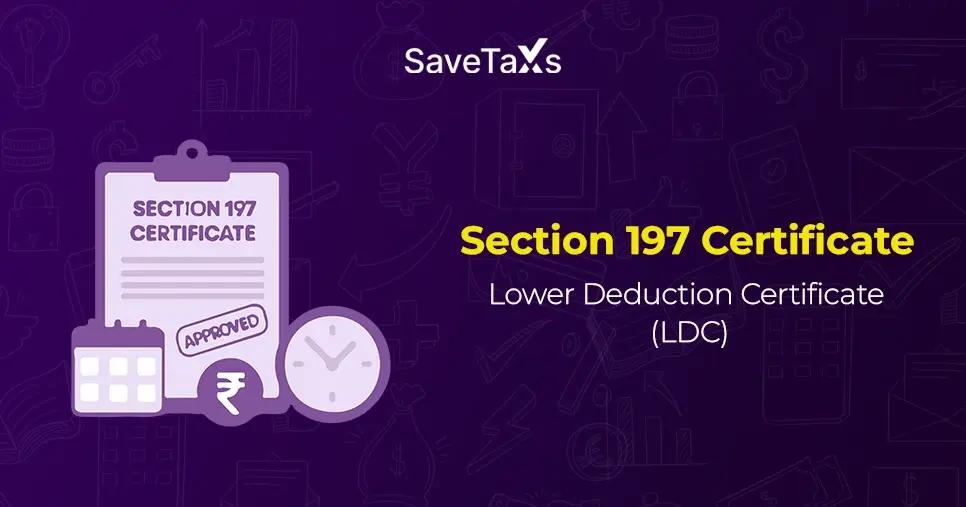
-DEDUCTION-ON-HOSUING-LOAN_1756903528.webp)
